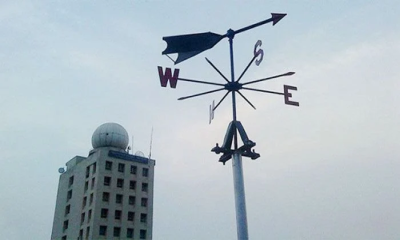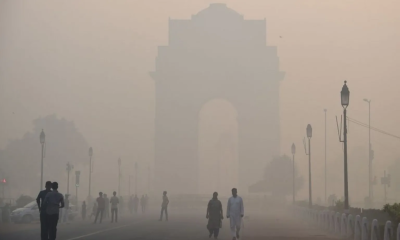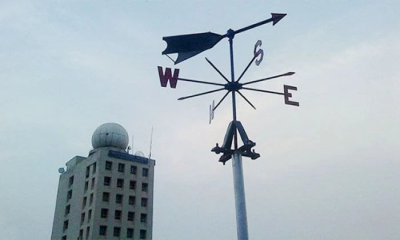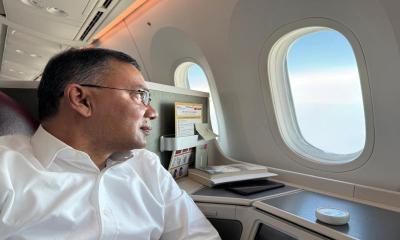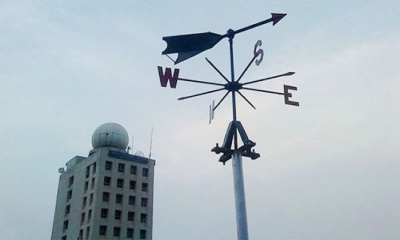Bangladeshi astrophotographer Zubuyer Kaolin has captured a striking image of the Orion Nebula from his rooftop in Dhaka. Using a telescope built with locally sourced materials, Zubuyer`s photograph showcases the nebula`s intricate dust clouds, bright stars, and vibrant gas filaments.
Located over 1,300 light-years from Earth, the Orion Nebula is a stellar nursery where new stars are born, making it one of the most studied objects in astronomy. Zubuyer`s work is gaining attention for both the remarkable clarity of his image and the resourcefulness required to build a telescope that could capture such detail. The Orion Nebula, also known as Messier 42, is renowned among astronomers for its star-forming regions, making it a frequent subject for both professional and amateur astrophotographers.
The Orion Nebula captured by Zubuyer.
Zubuyer`s image offers a detailed view of the nebula`s bright core, where young stars are emerging, and captures the surrounding regions of dust and gas that form into intricate, colourful filaments. After the image went viral on social media, we decided to track him down. This is Zubuyer`s story.
Building the telescope: Innovation with limited resources
Zubuyer assembled his telescope from accessible materials, using his skills in engineering and design to overcome technical limitations. The primary telescope tube was constructed from 4- and 5-inch PVC drainage pipes sourced from a local hardware store. For the 102mm aperture objective lens, he turned to an online vendor, as creating such a lens independently would have required complex materials and equipment.
For focusing, rather than using a traditional rack-and-pinion or Crayford focuser, he opted for a lead screw mechanism typically found in linear actuators. Controlled by a stepper motor connected to a microcontroller, this mechanism allows precise focus adjustments and maintains focus stability throughout each session, a crucial factor in astrophotography where minute shifts can impact image clarity. This inventive solution prevents accidental slips, a common issue with more traditional focusing methods, ensuring that Zubuyer can capture consistently sharp images even over extended periods.
3D design of his self made telescope.
The components for Zubuyer`s setup were largely sourced locally. The electronic parts were obtained through Bangladeshi online stores, while custom-designed printed circuit boards (PCBs) were fabricated via an overseas service, providing a cost-effective solution. He also used a 3D printer, acquired from a local vendor, to craft various parts, including a custom-designed guide scope mounted atop the main telescope. This guide scope plays a key role in maintaining sub-arcsecond precision while tracking objects in the night sky—a significant achievement, considering that the full moon covers about 0.5° of the sky, or roughly 1,800 arcseconds. Such accuracy in tracking is vital for capturing clear images of distant celestial objects.
A lifelong passion reignited
Zubuyer`s interest in astronomy began at a young age. Inspired by a children`s science book, he built his first telescope at 12 using cardboard tubes and spectacle lenses. He recalls pointing it at the Pleiades star cluster and being captivated by the thousands of stars that suddenly came into view. This early experience left a lasting impression, sparking a promise to himself to one day build a more powerful telescope. As he grew older, however, he pursued a career in 3D animation and visual effects, a field that allowed him to explore his creative and technical skills but left little time for astronomy.
The first telescope at 12.
In 2018, Zubuyer`s interest in astronomy was rekindled as he began to explore electronics, robotics, and 3D printing. These skills provided him with the tools needed to revisit his childhood ambition of building a functional telescope.
After months of research, he took his first steps into astrophotography in 2019, capturing images of deep-sky objects from his rooftop using a standard camera and tripod. While processing these images, he noticed the faint glow of a nebula amidst the noise, sparking his enthusiasm for deep-sky photography and setting him on a dedicated path to create his own high-performance telescope.
Capturing the night sky: Overcoming technical and environmental challenges
When Zubuyer first ventured into serious astrophotography, he purchased a second-hand DSLR camera and modified it to photograph deep-sky objects, a process known as "Astro-modification." However, he soon faced challenges common in astrophotography, particularly ambient heat noise. Long-exposure shots, essential for capturing faint celestial objects, can suffer from significant image degradation due to heat, an issue exacerbated by Dhaka`s warm climate and intense light pollution.
To mitigate these issues, Zubuyer made a significant upgrade in December 2021, acquiring a cooled astronomy camera, the QHY 268C. This camera allows him to maintain sub-zero temperatures on the image sensor, resulting in significantly improved image quality. Additionally, he uses dual narrowband filters to selectively allow only certain wavelengths—those emitted by nebulae—through to the sensor, blocking most ambient light.
The Rosette Nebula captured by Zubuyer.
While this approach works well for photographing nebulae, capturing galaxies, which are broadband targets, remains challenging within city limits due to unavoidable light pollution.
In addition to photographing deep-sky objects, Zubuyer`s telescope setup is capable of capturing detailed images of the moon and planets. His equipment, designed for versatility and durability, has served him reliably for over two years and is controlled remotely, making it adaptable to various observing conditions. The remote functionality allows him to operate the telescope from anywhere with an internet connection, a feature that adds to the flexibility of his work.
A vision for the future of astronomy
For Zubuyer, astrophotography is more than a hobby; it is a way of connecting with the cosmos and exploring humanity`s place within it. He finds profound joy and a sense of purpose in photographing the night sky, describing it as a way to feel closer to the origins of life and the broader universe. "Making the telescope was a personal challenge that I deeply enjoyed, and I`ll keep working to create bigger and better instruments," he says. "My ultimate goal is to capture even more stunning images of the universe and to inspire others to explore astronomy. Maybe I could even inspire a child who might one day step foot on another planet."
The Eagle Nebula captured by Zubuyer.
Through his social media channels and personal outreach, Zubuyer actively shares his knowledge with budding astrophotographers, helping to build a community of stargazers in Bangladesh who might otherwise lack access to the resources and guidance typically available in wealthier nations.
Zubuyer advocates for dark-sky preservation, highlighting the importance of minimising artificial light pollution not only for astrophotography but also for wildlife and environmental health.


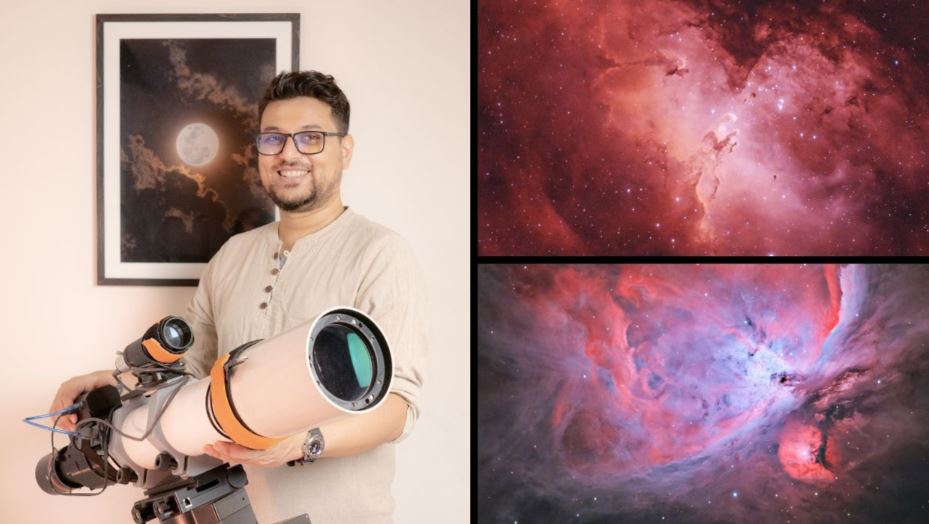






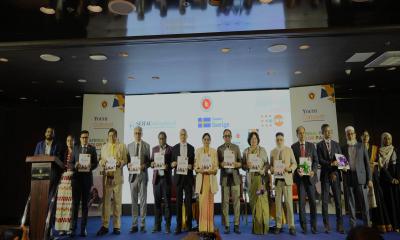
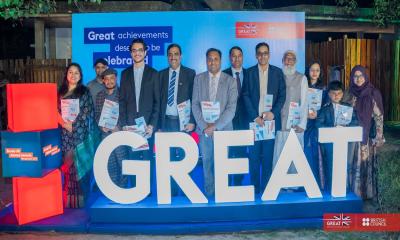
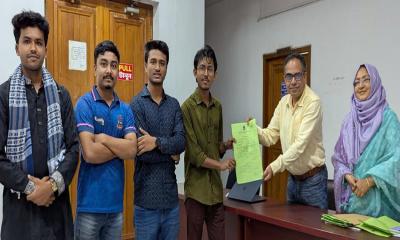


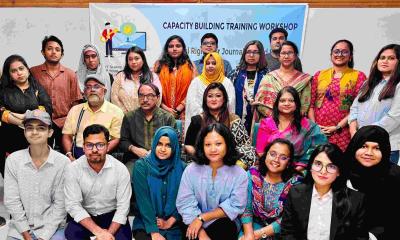

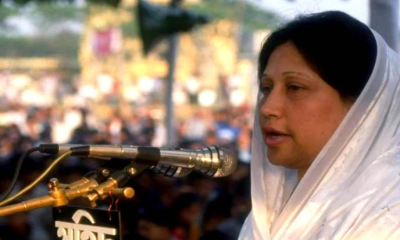
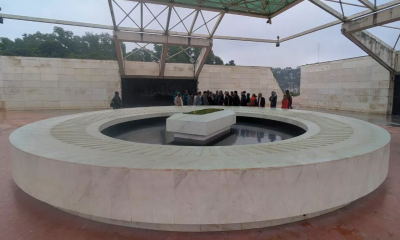

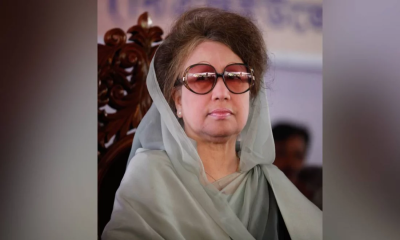

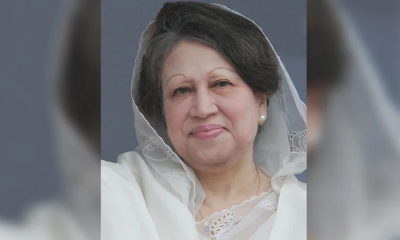

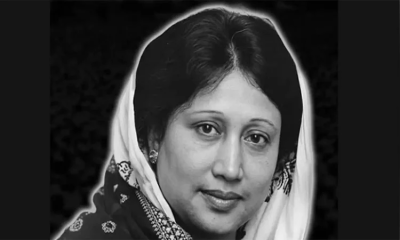
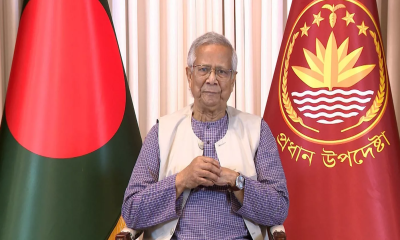
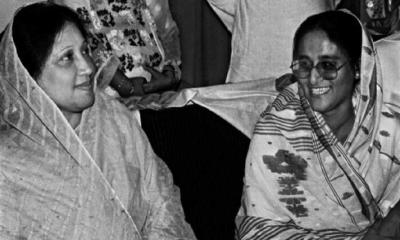

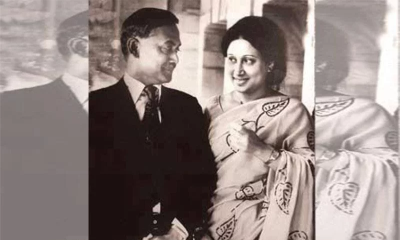

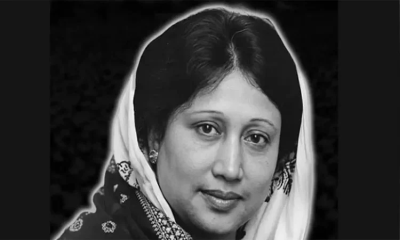
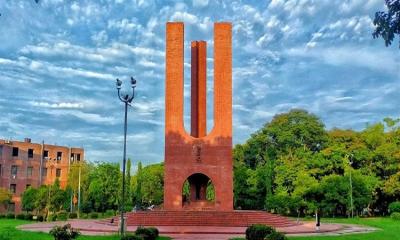

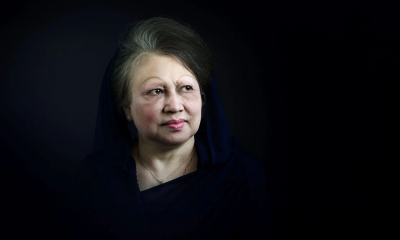

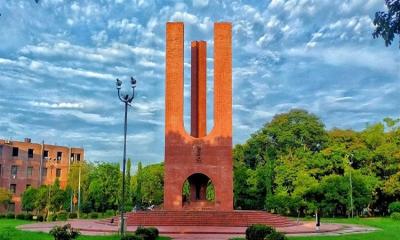
-20251227141313.jpeg)
